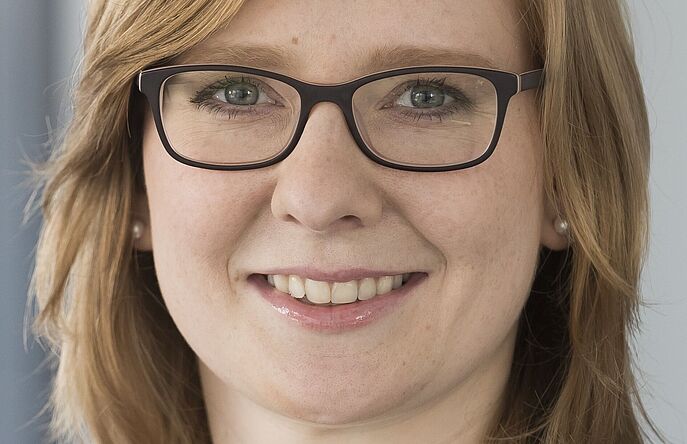BÖNNIGHEIM, Germany (August 10, 2020) - The renowned Paul Schlack/Wilhelm Albrecht Prize was awarded to Hohenstein researcher Dr. Jasmin Jung for her dissertation in the field of microplastic research. The work was supervised by Prof. Dr. Jochen Gutmann from the Institute for Physical Chemistry at the University of Duisburg-Essen. Like all lectures and discussions at the congress this year, the award ceremony took place online. The award winner gave thanks for the honor and the research support she received for her dissertation.
As part of her dissertation “Establishment and application of dynamic image analysis to determine fibers in waste water from textile washing processes”, Dr. Jung developed a completely new analysis method for determining fibers in waste water from commercial laundries. Synthetic textile fibers are a common type of microplastic that is introduced into aquatic habitats through textile washing.
Up to now, insufficient research has been conducted on the factors that cause fiber release during (commercial) laundry. Studies so far have mainly focused on the influence of household laundry. Dr. Jung established the new analysis method for synthetic fibers such as polyester, as well as cotton blends. With the help of washing processes and clothing textiles, it simulates practice in commercial laundries.
With the new method, the proportions of polyester and cotton, in relation to total abrasion, can also be differentiated for mixed fabrics. As was shown in tests for two mixed fabrics of 50/50 percent and 65/35 percent polyester/cotton blends, predominantly cotton fibers were detectable in the wastewater (approx. 90 percent). The abrasion contained only a small proportion of polyester fibers (approx. 10 percent).
Paul Schlack/Wilhelm Albrecht Prize
The Paul Schlack/Wilhelm Albrecht Prize is awarded at the Dornbirn GFC Global Fiber Convention in Dornbirn (Austria) to promote chemical fiber research at universities and research institutes for outstanding work and research projects.
###
With headquarters in Bönnigheim, Germany, and 1,000 employees in branches and laboratories around the world, Hohenstein has been offering accredited and independent services such as testing, certification, research and development of textile products and training for more than 75 years. Hohenstein developed a new analytical method for the release of microfibers from textiles. With the analysis of the release behavior, researchers, material developers and brands can now quantify precisely which types of fiber and material constructions contribute most to the release of microfibers. This enables informed decisions to be made when developing more sustainable textiles that shed fewer fibers. Hohenstein.US/Microfibers
